The Role of Stansted Airport in Research and Development
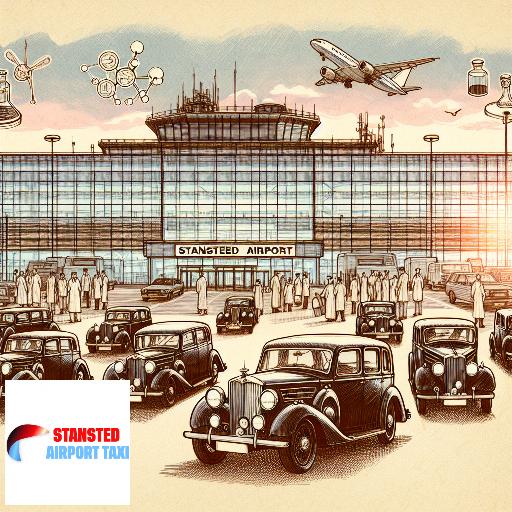
Stansted Airport's Contribution to Aviation R&D
Stansted Airport, located in Essex, England, plays a significant role in the advancement of aviation research and development (R&D). As one of the busiest airports in the UK, it serves as a living laboratory for testing and refining new aviation technologies and procedures. The airport's commitment to innovation is evident in its partnerships with leading aviation companies and research institutions. These collaborations have led to breakthroughs in areas such as aircraft design, fuel efficiency, and passenger safety. Furthermore, Stansted's state-of-the-art facilities, including its air traffic control tower and maintenance hangars, provide an ideal environment for conducting rigorous R&D activities. The airport's contribution to aviation R&D not only enhances its operational efficiency but also drives the global aviation industry forward. In conclusion, Stansted Airport's role in aviation R&D is pivotal, making it a key player in shaping the future of air travel.
Partnerships between Stansted Airport and Universities
Stansted Airport has been actively fostering partnerships with various universities to enhance its role in research and development. These collaborations aim to leverage academic expertise to drive innovation and sustainability in aviation. Universities such as Cranfield University and the University of Cambridge have been instrumental in this initiative, contributing their research capabilities in areas such as sustainable aviation fuels, noise reduction, and carbon management. These partnerships not only provide practical solutions to the challenges faced by the aviation industry but also offer students real-world experience and opportunities for internships and placements. The collaboration between Stansted Airport and universities is a testament to the airport's commitment to driving innovation and sustainability in the aviation industry. This symbiotic relationship is set to yield significant benefits for both the airport and the academic institutions involved, fostering a culture of continuous learning and development.
Stansted Airport's Impact on Local Economy
Stansted Airport, located in Essex, England, plays a significant role in the local economy, contributing to both research and development. As one of the UK's busiest airports, it provides direct employment to thousands of people and indirectly supports many more jobs in the surrounding area. The airport's presence has led to the growth of numerous businesses, including hotels, restaurants, and retail outlets, boosting the local economy. Furthermore, Stansted Airport is a hub for research and development, particularly in the aviation industry. It collaborates with various institutions and companies to develop innovative technologies and practices, such as sustainable aviation fuels and efficient air traffic management systems. These initiatives not only enhance the airport's operations but also attract investment and talent to the region, further stimulating economic growth. In conclusion, Stansted Airport is a vital economic engine for its local area, driving job creation, business growth, and technological innovation.
Stansted Airport's Role in Sustainable Aviation
Stansted Airport is playing a pivotal role in the pursuit of sustainable aviation. As one of the UK's busiest airports, it is leading the way in research and development to reduce the environmental impact of air travel. The airport is investing heavily in innovative technologies and sustainable fuels, aiming to reduce carbon emissions and noise pollution. It is also working on improving operational efficiency to minimize waste and conserve resources. Stansted's commitment to sustainability extends beyond its operations, as it also encourages airlines and passengers to adopt greener practices. The airport's initiatives are contributing significantly to the aviation industry's goal of achieving net-zero carbon emissions by 2050. Stansted Airport's efforts in sustainable aviation are setting a benchmark for other airports worldwide, demonstrating that environmental responsibility and economic growth can go hand in hand in the aviation sector.
Technological Advancements at Stansted Airport
Stansted Airport, one of the UK's busiest airports, is making significant strides in technological advancements, positioning itself as a leader in research and development within the aviation industry. The airport has been investing heavily in cutting-edge technology to enhance operational efficiency and passenger experience. One of the notable innovations is the introduction of biometric technology, which uses facial recognition for a smoother and faster boarding process. Additionally, Stansted has implemented advanced baggage handling systems, reducing the risk of lost luggage and speeding up the process. The airport is also exploring the use of AI and machine learning to predict flight delays and manage air traffic more effectively. These technological advancements not only improve the airport's functionality but also contribute to the broader aviation industry's research and development. Stansted Airport's commitment to innovation is setting new standards for airports worldwide, demonstrating how technology can revolutionize the aviation industry.
Stansted Airport's Influence on Global Aviation R&D
Stansted Airport, located in Essex, England, plays a significant role in global aviation research and development (R&D). As one of the busiest airports in the UK, it serves as a hub for testing and implementing new aviation technologies. The airport's advanced infrastructure and facilities provide an ideal environment for R&D initiatives, contributing to advancements in areas such as aircraft design, air traffic management, and passenger experience. Stansted's influence extends to collaborations with leading aviation companies and research institutions, fostering innovation and technological progress. The airport's commitment to sustainability also drives R&D in eco-friendly aviation solutions, setting a global standard for reducing the industry's environmental impact. In conclusion, Stansted Airport's contribution to global aviation R&D is significant. Its role as a testing ground for new technologies and a collaborator with industry leaders makes it a key player in shaping the future of aviation.
Stansted Airport's Role in Aerospace Engineering
Stansted Airport, located in Essex, England, plays a significant role in the field of aerospace engineering. As one of the busiest airports in the UK, it serves as a hub for research and development in aviation technology. The airport's advanced facilities and infrastructure provide an ideal environment for testing and implementing new aerospace technologies. Stansted Airport is home to several aerospace companies, including Airbus and Boeing, who use the airport's resources for testing and refining their aircraft designs. The airport's proximity to leading universities and research institutions also fosters collaboration and innovation in aerospace engineering. Moreover, Stansted Airport's commitment to sustainability drives research into greener aviation technologies. The airport's initiatives in reducing carbon emissions and noise pollution have led to advancements in fuel efficiency and quieter aircraft engines. In conclusion, Stansted Airport's role in aerospace engineering is pivotal, contributing significantly to the evolution of aviation technology and sustainable practices in the industry.
Stansted Airport's Contribution to Air Traffic Management
Stansted Airport plays a pivotal role in air traffic management, contributing significantly to the research and development in this field. As one of the busiest airports in the UK, it serves as a testing ground for new technologies and strategies aimed at improving air traffic efficiency and safety. The airport's advanced air traffic control tower, equipped with state-of-the-art technology, enables it to handle a high volume of flights with precision and reliability. Stansted's commitment to innovation is evident in its collaboration with aviation industry leaders and academic institutions to develop and implement cutting-edge solutions. These include advanced flight tracking systems, predictive analytics for flight scheduling, and AI-powered tools for air traffic forecasting. Through these initiatives, Stansted Airport is not only enhancing its own operations but also contributing to the broader advancement of air traffic management globally. Its role in research and development is thus crucial in shaping the future of aviation.
Stansted Airport's Role in Safety and Security Research
Stansted Airport plays a pivotal role in safety and security research, contributing significantly to the advancement of Research and Development (R&D) in the aviation industry. As one of the busiest airports in the UK, it serves as a live testing ground for innovative security technologies and procedures. The airport collaborates with various stakeholders, including technology companies, academic institutions, and government agencies, to develop and implement cutting-edge solutions that enhance passenger safety and streamline security processes. These initiatives range from biometric identification systems to advanced baggage screening technologies. Stansted's commitment to R&D not only bolsters its own operational efficiency and safety standards but also contributes to the broader goal of enhancing global aviation security. The airport's ongoing research efforts underscore its position as a leader in aviation safety and security, setting benchmarks for airports worldwide.
Stansted Airport's Impact on Regional Development
Stansted Airport, located in Essex, England, plays a significant role in regional development. As one of the busiest airports in the UK, it contributes significantly to the local economy, providing thousands of jobs and attracting businesses to the region. The airport's presence has led to the development of a robust transport infrastructure, including road and rail links, which has further stimulated economic growth. Moreover, Stansted Airport is a hub for research and development, with numerous aviation companies based in the vicinity. These companies are at the forefront of technological advancements in the aviation industry, contributing to the UK's reputation as a global leader in this field. The airport's commitment to sustainability also drives innovation in environmental technology. Overall, Stansted Airport's impact on regional development is multifaceted, encompassing economic growth, job creation, infrastructure development, and technological innovation.
Our Latest Blog Posts
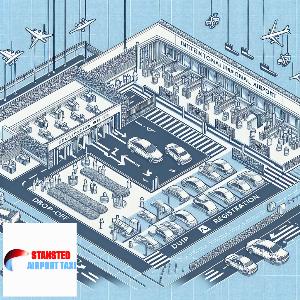
Stansted Airport: A Guide to the Registration Process
Navigating Stansted Airport's registration process can be daunting. This guide simplifies the process, detailing steps from online check-in to boarding. It includes information on baggage rules, se ...

Stansted Airport: A Guide to the Talent Management Process
Stansted Airport's talent management process is a strategic approach to attracting, developing, and retaining top talent. It involves identifying potential, nurturing skills, and fostering a high-p ...
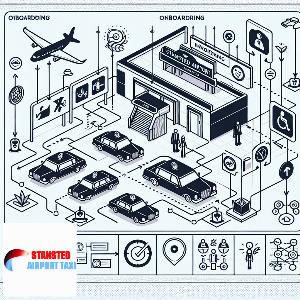
Stansted Airport: A Guide to the Onboarding Process
Stansted Airport offers a seamless onboarding process for travelers. With clear signage, efficient security checks, and numerous amenities, it ensures a stress-free start to your journey. A guide t ...

The Impact of Noise Pollution on Stansted Airport
Noise pollution at Stansted Airport significantly affects local communities, causing health issues and sleep disturbances. It also impacts wildlife habitats nearby, disrupting natural behaviors and ...

The Role of Stansted Airport in Carbon Offset Projects
Stansted Airport plays a crucial role in carbon offset projects, actively reducing its carbon footprint. Through initiatives like renewable energy usage and efficient waste management, it contribut ...

Stansted Airport: A Guide to the Dismissal Process
Navigating Stansted Airport's dismissal process can be daunting. This guide simplifies the process, detailing everything from passenger pick-up protocols to parking regulations, ensuring a smooth a ...
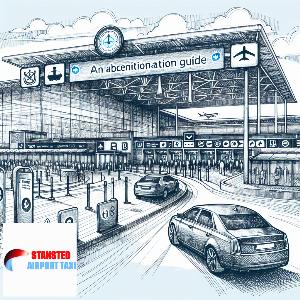
Stansted Airport: A Guide to the Accreditation Process
Stansted Airport's accreditation process ensures safety and quality service. It involves rigorous checks, including security measures, staff training, and facility maintenance. This guide provides ...

The Impact of Airline Revolution on Stansted Airport
The Airline Revolution has significantly impacted Stansted Airport, leading to increased passenger traffic and expanded services. This transformation has boosted the local economy, created jobs, an ...

Stansted Airport: A Guide to the Reservation Process
Navigating Stansted Airport's reservation process is simple. From booking flights to reserving parking spots, their user-friendly online system ensures a hassle-free experience. Remember to check-i ...

The Impact of Airline Optimization on Stansted Airport
Airline optimization at Stansted Airport has significantly improved operational efficiency. Enhanced scheduling, route planning, and load management have reduced delays, increased passenger satisfa ...

Stansted Airport: A Guide to the Litigation Process
Stansted Airport has been a focal point of legal disputes, involving expansion plans and environmental concerns. This guide explores the litigation process, providing insight into the complexities ...

Stansted Airport: A Guide to the Confirmation Process
Stansted Airport's confirmation process is straightforward. Upon booking, passengers receive an email confirmation. It's essential to verify flight details, including date, time, and terminal. Chec ...

The Top Restaurants at Stansted Airport
Discover top-notch dining at Stansted Airport. Enjoy exquisite meals at The Windmill, indulge in Italian cuisine at Frankie & Benny's, or savor sushi at Itsu. For quick bites, Pret A Manger and Leon ...
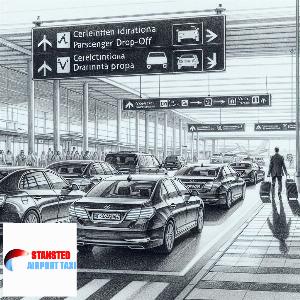
Stansted AirportA Guide to the Arrival Process
Stansted Airport, a bustling hub for international travel, offers a streamlined arrival process. Upon landing, passengers are guided to immigration checks, baggage reclaim, and customs. Clear signag ...
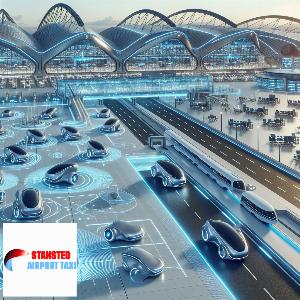
Stansted Airport: A Guide to the Performance Improvement Process
Stansted Airport continuously enhances its performance through a systematic process. This involves regular assessment of operations, identifying areas for improvement, implementing changes, and mon ...

Stansted Airport: A Guide to the Quality Management Process
Stansted Airport prioritizes quality management, ensuring efficient operations and passenger satisfaction. This involves regular audits, process optimization, staff training, and adherence to inter ...
Blogs Pages
Stansted Airport: A Guide to the Investigation Process
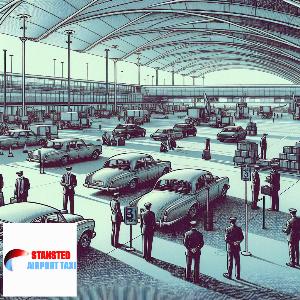
Blog about Stansted Airport: A Guide to the Investigation Process...
The Role of Stansted Airport in Cargo Transport

Blog about The Role of Stansted Airport in Cargo Transport...
The Impact of Airline Flexibility on Stansted Airport
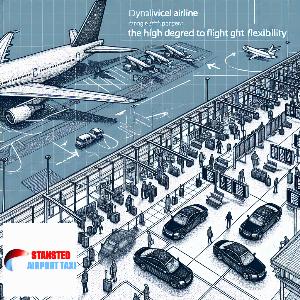
Blog about The Impact of Airline Flexibility on Stansted Airport...
Stansted Airport: A Guide to the Induction Process

Blog about Stansted Airport: A Guide to the Induction Process...
Exploring the Facilities at Stansted Airport

Blog about Exploring the Facilities at Stansted Airport...
Stansted Airport: A Guide to the Leadership Development Process
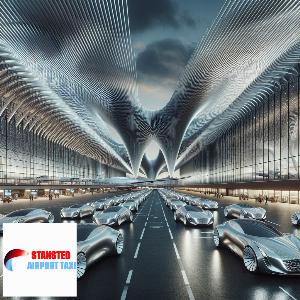
Blog about Stansted Airport: A Guide to the Leadership Development Process...
Stansted AirportA Guide to the Baggage Policies
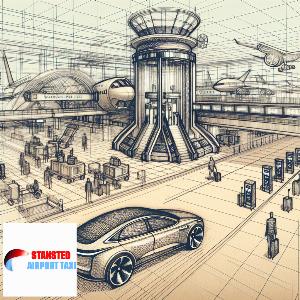
Blog about Stansted AirportA Guide to the Baggage Policies...
Stansted Airport: A Guide to the Resignation Process
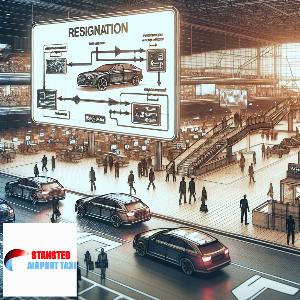
Blog about Stansted Airport: A Guide to the Resignation Process...
The Impact of Airline Virtualization on Stansted Airport

Blog about The Impact of Airline Virtualization on Stansted Airport...
The Impact of Airline Standardization on Stansted Airport
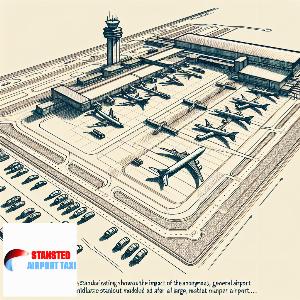
Blog about The Impact of Airline Standardization on Stansted Airport...



